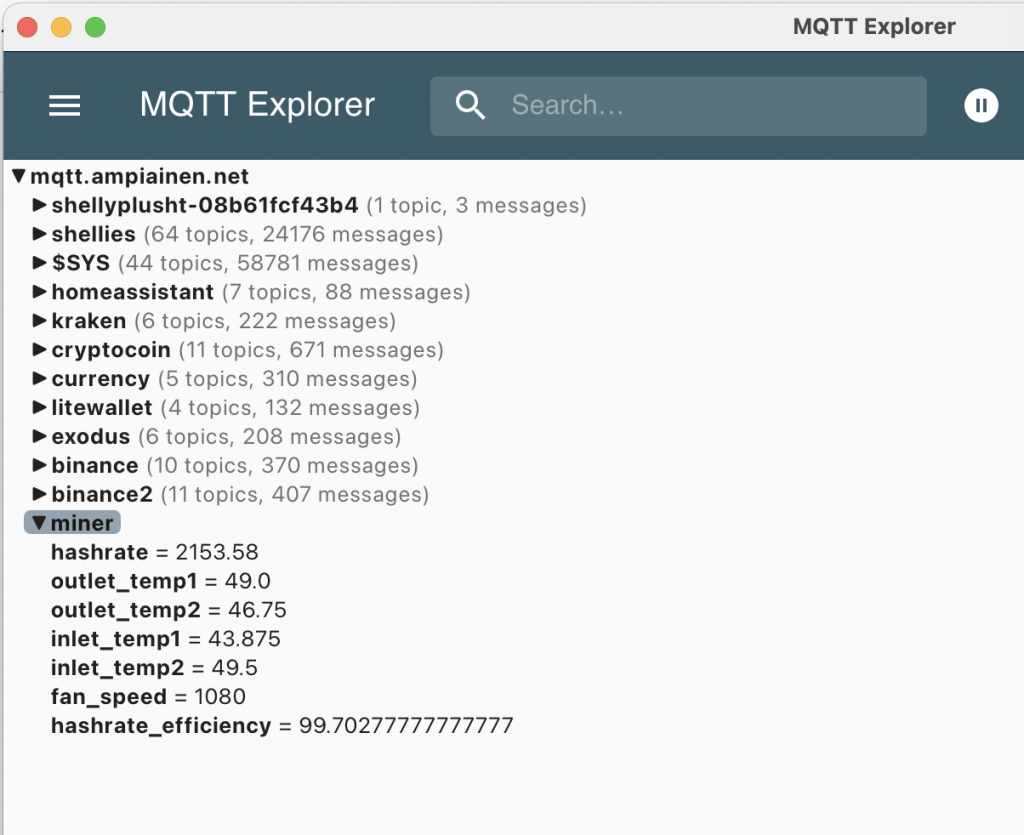Table of Contents
Profitability
This is a quick update on my mining experience over the past couple of weeks. As mentioned before, I’ve found PowerPool.io to be the most efficient option. However, rewards have dropped significantly recently, likely due to rising mining difficulty and declining DOGE and LTC prices. Both factors have negatively impacted profitability.
In my case, these changes alone have reduced profitability by about 25%–35%. Previously, I could earn up to €0.20 per hour at best, but now it’s closer to €0.15.
Monitoring
Several other factors also affect profitability, one of which is monitoring. Over the last two weeks, my miner has gone offline multiple times. I can spot this by keeping an eye on the hashrate for my worker on PowerPool.io and then automate a reboot, but that doesn’t really help me understand the root cause.
Initially, I suspected a firmware issue—maybe when it loses the primary pool, it fails to properly connect to the next one in line. However, whenever the miner goes down, it also becomes unreachable via its web interface, indicating something else might be wrong. Since the DG Home1 miner doesn’t provide persistent logs, it’s impossible to diagnose the issue after the fact.
There’s also no straightforward way to monitor the miner remotely, short of writing a custom script. To address this, I created a script called miner_monitor.py that generates a simple log and publishes certain parameters to an MQTT Broker:

Through my mqtt.yaml, I then create sensor templates and can keep track of these metrics in real time.
Temperatures
One of the most important metrics to watch is temperature. I suspect that if cooling fails, the miner may overheat. According to the documentation, the upper limit is 85°C, at which point the miner shuts down automatically. I’ve set up a system that sends me both email and WhatsApp alerts if any temperature sensor exceeds a specified threshold.

These parameters are similar to the ones shown in the table abowe, plus two additional temperature readings not available through the web interface shown below.

Notifications
With this setup, my miner not only reboots automatically when hashrate drops, but it also sends notifications explaining why it went offline in the first place.

Conclusion
I hope this simple setup helps others as well. My configuration is somewhat messy, but if you develop an easier or more elegant monitoring system, please let me know. As always, my entire configuration is available on my GitHub repository.
 |  |  |

